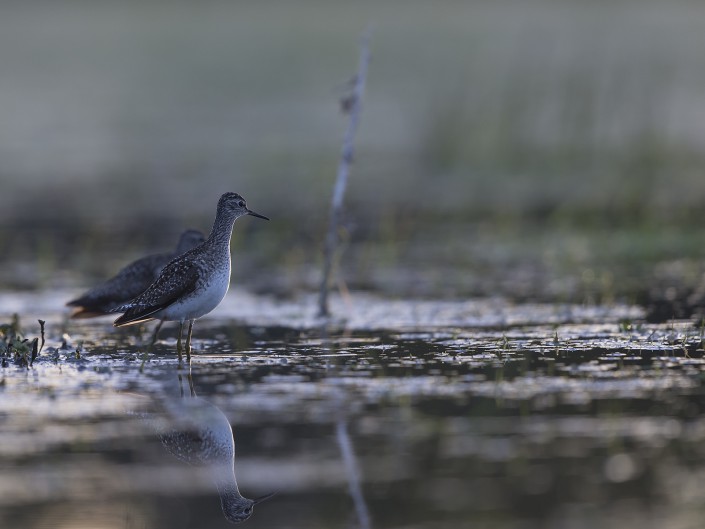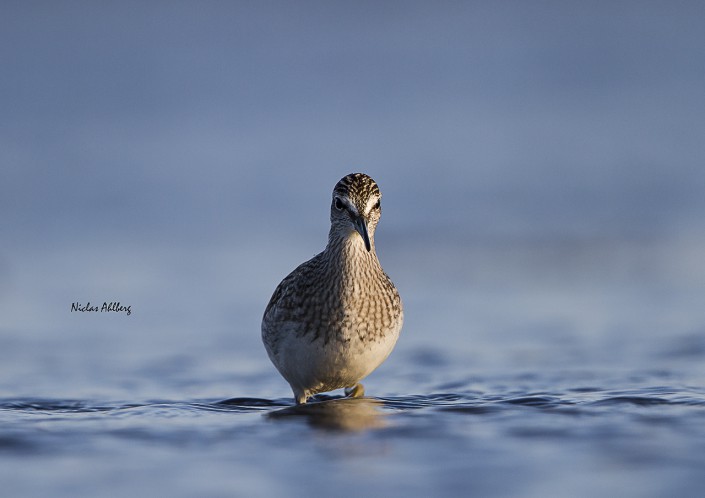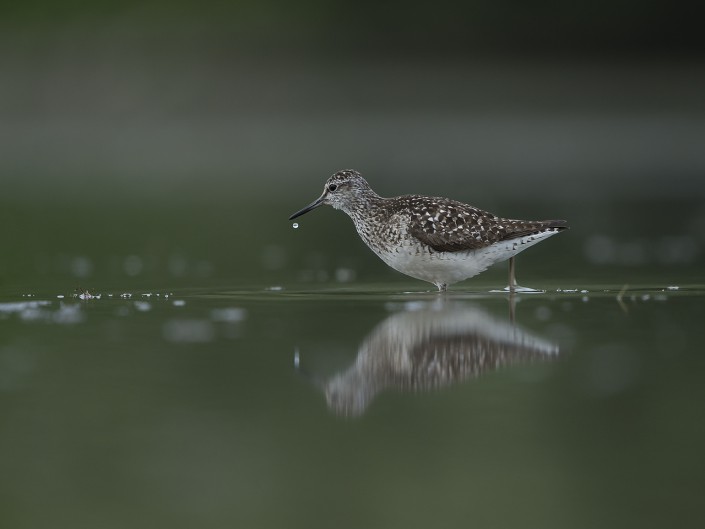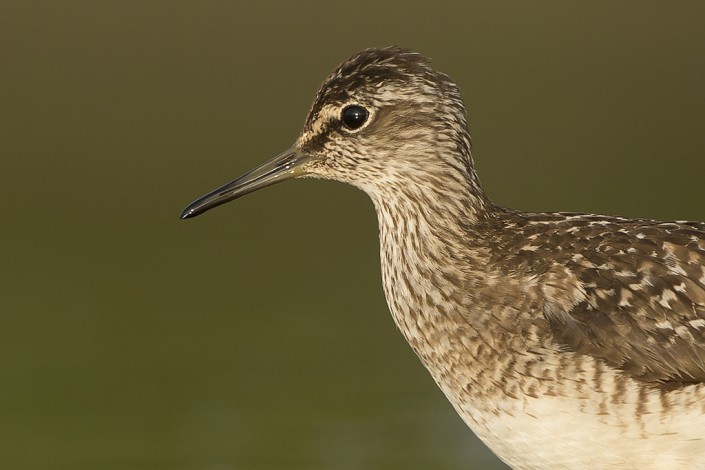This post is also available in: Swedish
Wood sandpiper – Tringa glareola
Wood sandpiper – Tringa glareola
The wood sandpiper breeds in subarctic wetlands from the Scottish Highlands across Europe and Asia. They migrate to Africa, Southern Asia, particularly India, and Australia. Vagrant birds have been seen as far into the Pacific as the Hawaiian Islands. In Micronesia it is a regular visitor to the Mariana Islands (where flocks of up to 32 birds are reported) and Palau; it is recorded on Kwajalein in the Marshall Islands about once per decade. This species is encountered in the western Pacific region between mid-October and mid-May. A slight westward expansion saw the establishment of a small but permanent breeding population in Scotland since the 1950s.
This bird is usually found on freshwater during migration and wintering. They forage by probing in shallow water or on wet mud, and mainly eat insects and similar small prey. T. glareola nests on the ground or uses an abandoned old tree nest of another bird, such as the fieldfare (Turdus pilaris). Four pale green eggs are laid between March and May.
It resembles a longer-legged and more delicate green (T. ochropus) or solitary sandpiper (T. solitaria) with a short fine bill, brown back and longer yellowish legs. It differs from the first of those species in a smaller and less contrasting white rump patch, while the solitary sandpiper has no white rump patch at all.
Listen to the wood sandpiper
Recording by Jarek Matusiak


























































